
The 21st century was full of innovations and discoveries. When looking back and remembering what the world was like in the beginning of the millennia, it’s almost hard to believe only 24 years have passed. Along with all the excitement and fascination with looking forward to the future, scientists and historians never stopped trying to unlock the secrets of the past during this time. After all, it’s important to remember that none of this would have been possible without our predecessors.
And their work paid off because some astonishing historical discoveries have been made in the last two decades. Let’s take a look at some of the most fascinating artifacts and findings made since 2001.

After King Richard III of England was killed in the Battle of Bosworth Field in 1485, he was buried at the Church of the Grey Friars in Leicester. Over the following five-plus centuries, the exact locations of the church and the late king’s grave were lost. However, in 2004, long after historians stopped hoping the body of Richard III will ever be found, it happened almost by chance.
What set things in motion was the gut feeling of a Richard III scholar named Philippa Langley. “I saw in a parking lot a Victorian wall, and suddenly it was like a hunch. I realized I was walking on his grave,” she explained to the press. Langley’s claims were not taken seriously at first, but she didn’t give up and managed to raise $28,000 for the excavation with the help of an organization called the Richard III Society. In 2012, she was finally proven right when a skeleton excavated from beneath the Leicester parking lot was confirmed to be that of King Richard III.
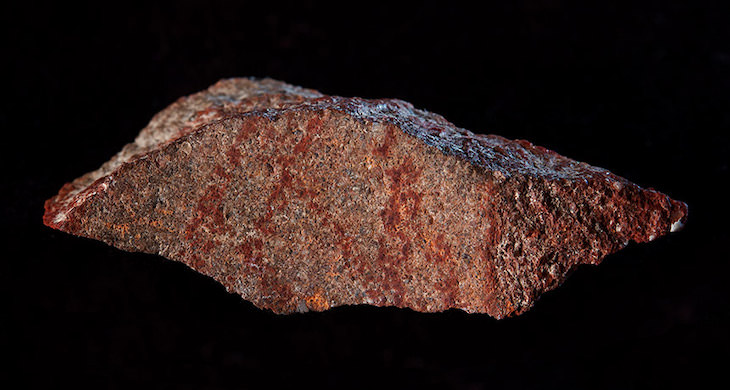
Image Source: Christopher Henshilwood / Wikimedia Commons
Blombos Cave in South Africa is an archeologist’s dream: In 2018, the subterranean system had turned out to be home to hundreds of stone tools, beads, and engraved bones that belonged to early humans.
One of the most fascinating objects discovered in the cave was a stone decorated with ochre-colored hashtag-like marks. The team called it the oldest known work of abstract art in human history. According to the study published in the journal Nature, the stone predates the previous earliest known cave art by 30.000 years.
Related: 5 Fascinating Prehistoric Cave Paintings
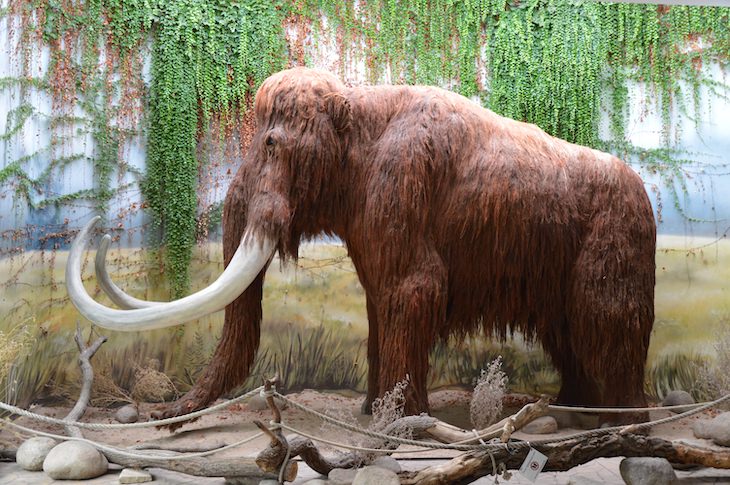
A rare and quite amazing example of Ice Age architecture was unearthed in 2014, in a forest about 300 miles south of Moscow. The circular structure was built with the bones of at least 60 woolly mammoths. But what was the purpose of this elaborate 25,000-year-old structure? This question remains open, at least for the time being.
“Clearly a lot of time and effort went into building this structure so it was obviously important to the people that made it for some reason,” says Alexander Pryor, an archeologist at the University of Exeter. Experts are still studying the clues left around the structure by its ancient builders.

Image Source: Edmondo Gnerre / Wikipedia
Italy’s Ciampate del Diavolo, or Devil’s Trail, had been known to locals for generations. Descending the side of the Roccamonfina Volcano in Campania, there are sets of human-like footprints, which were most certainly made when the slope of the volcano was molten. According to folklore, those footsteps were an imprint of the devil. It wasn’t until 2001, that researchers learned that they were actually some of the oldest human footprints in the world. They were likely left by an early species of hominin walking through the volcanic ash, approximately 350.000 years ago.
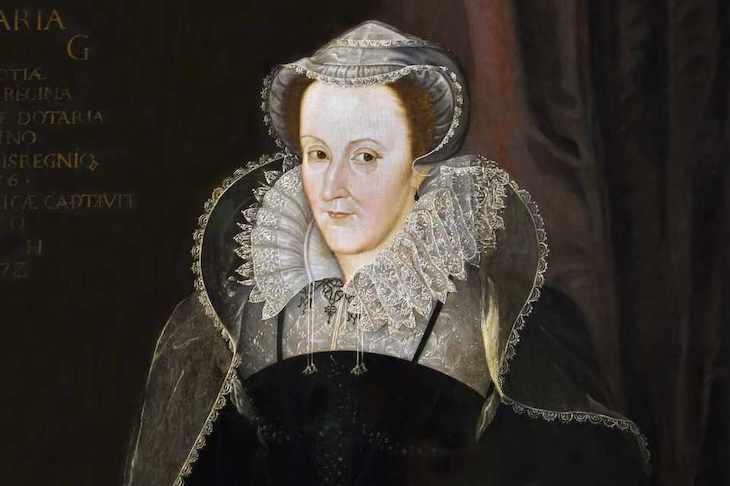
After the brutal execution of Mary Queen of Scots in 1587, showing any support of the late royal was a dangerous act in England, and that included displaying her portraits. So it’s no surprise that many painters quickly began painting over their old works depicting the queen, for their own safety.
In 2017, one such revised portrait of Mary was found under a portrait of a Tudor aristocrat, that has been hanging on the wall of a historic house in London. According to The Guardian, the secret portrait was discovered by an art conservator named Caroline Rea. Rea was examining the painting, done by the Dutch artist Adrian Vanson, using X-ray, when she noticed the ghostly image of a red-headed woman. It had been hiding there for more than 400 years.
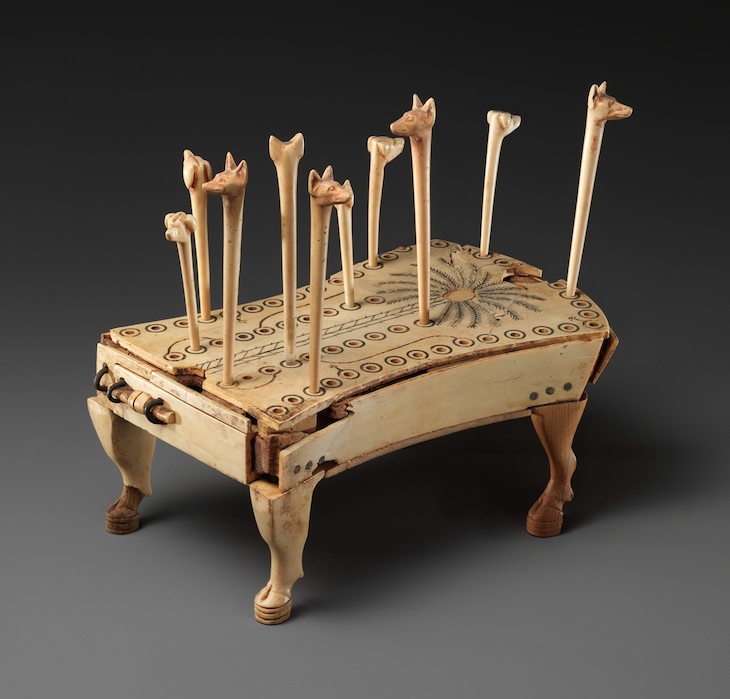
Image Source: Metropolitan Museum of Art / Wikimedia Commons
In 2018, archeologists in Azerbaijan noticed an unusual pattern carved into the stones of an ancient rock shelter. Upon further inspection, the researchers realized that what they had found was a 4000-year-old board game called 58 Holes.
As you might guess, the ancient game consists of a board with a track of 58 holes, in which players race a pair of pegs along the route. It is thought to be invented in Egypt around 2200 BC. Around the end of the third millennium BC, the game spread into Mesopotamia (modern-day Iraq) maintained its popularity there until well into the first millennium BC.
Related: 6 Intriguing Archaeological Finds of the 21st Century

In 2016, archeologists uncovered ancient beer-making tools in the central plain of China. The kit, which included funnels, pots, and specialized jugs date back about 5000 years. After analyzing the trace residues, the researchers managed to successfully hack the ancient recipe used for brewing the beer.
If you’re curious, the ingredients are “Broomcorn millet, barley, Job’s tears, and tubers were fermented together,” according to the paper, published in the Proceedings of the National Academy of Sciences. The recipe revealed that barley was cultivated in China 1000 years earlier than previously thought.
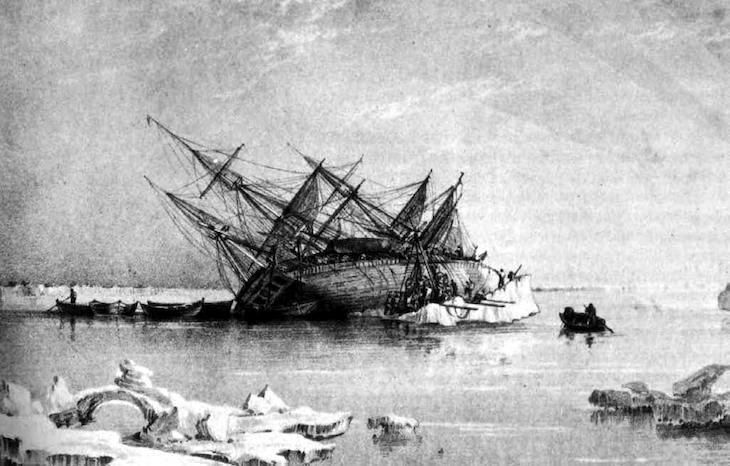
In 1845, the British explorer Sir John Franklin set out on an expedition into the Canadian Arctic, in search of the Northwest Passage. Unfortunately, the trip was anything but smooth sailing, and Franklin’s ships - the HMS Erebus and HMS Terror—became stuck in ice and then sank in an uncertain location. A few survivors from the ships’ crew set out on foot but they were never heard from again.
In 2014 A Canadian and Inuit mission located Erebus, and Terror was discovered two years later. Perhaps because they were frozen, the shipwrecks were amazingly intact. “You look at it and find it hard to believe this is a 170-year-old shipwreck. You just don’t see this kind of thing very often,” Ryan Harris, the lead archeologist on the project, said to National Geographic.
Share these fascinating discoveries with other history enthusiasts!